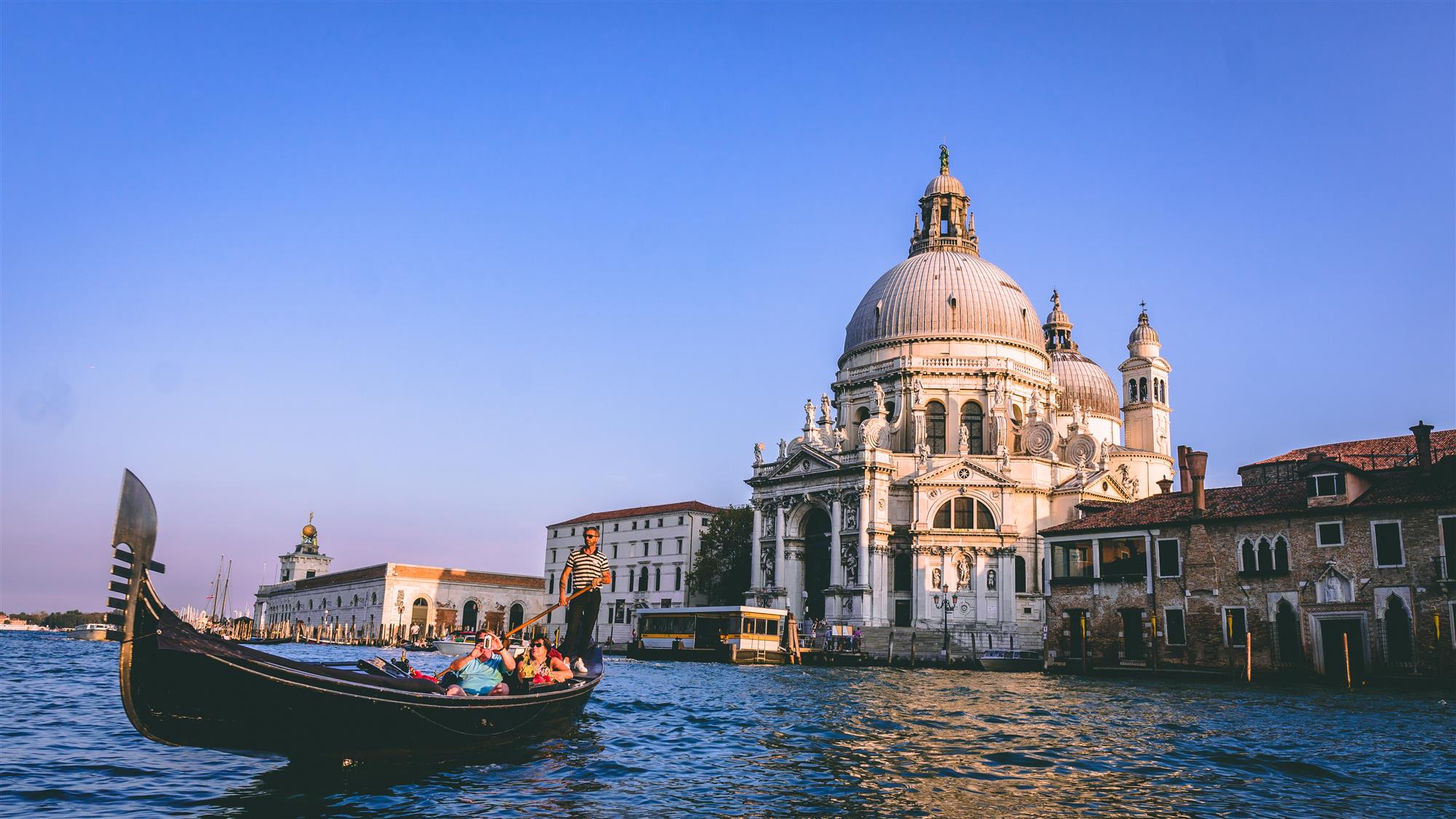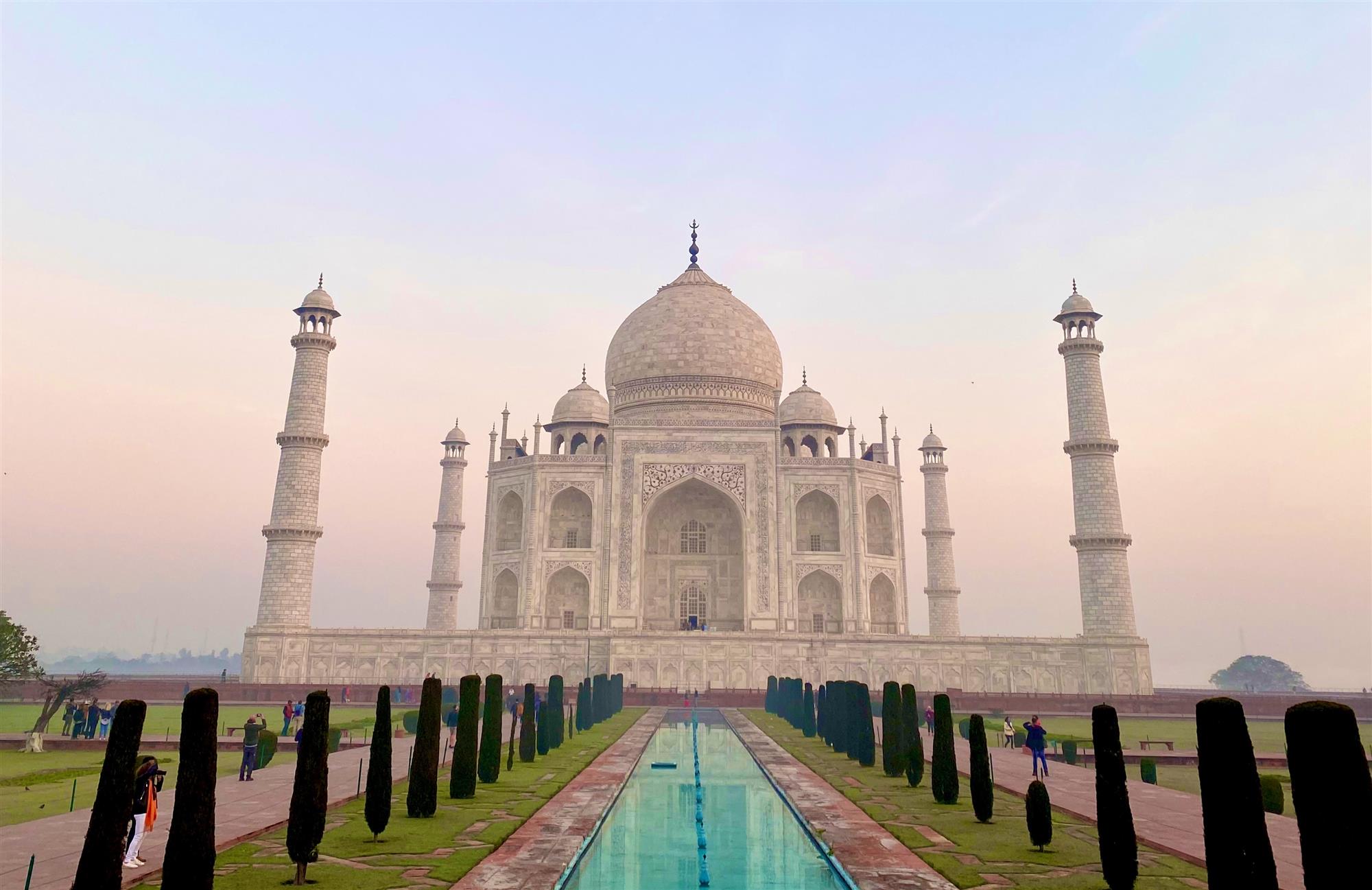 Tourism is slowly and steadily getting back on its feet with the gradual relaxation of COVID-19 norms across the world. Recent reports indicate that flight and hotel bookings have been increasing steadily, especially to popular tourist destinations in the US and Europe. The global travel and hospitality industries are finally optimistic of a quick recovery after having borne the brunt of the abrupt stop in tourism for more than a year. While pre-COVID, most popular destinations were reeling with issues of over-tourism – degrading environment, pressure on infrastructure, even generating a negative experience for tourists and residents alike in some cases – the past year witnessed under-tourism, tremendously impacting the global tourism economy. This situation has encouraged industry stakeholders to develop strategies to balance the two extremes in the future. Policy and destination management is therefore gaining momentum as a middle ground to effectively support the tourism sector.
Tourism is slowly and steadily getting back on its feet with the gradual relaxation of COVID-19 norms across the world. Recent reports indicate that flight and hotel bookings have been increasing steadily, especially to popular tourist destinations in the US and Europe. The global travel and hospitality industries are finally optimistic of a quick recovery after having borne the brunt of the abrupt stop in tourism for more than a year. While pre-COVID, most popular destinations were reeling with issues of over-tourism – degrading environment, pressure on infrastructure, even generating a negative experience for tourists and residents alike in some cases – the past year witnessed under-tourism, tremendously impacting the global tourism economy. This situation has encouraged industry stakeholders to develop strategies to balance the two extremes in the future. Policy and destination management is therefore gaining momentum as a middle ground to effectively support the tourism sector.Even before the COVID-19 crisis, some popular destinations worldwide had effectively implemented strategies for sustainable tourism. Machu Picchu, Peru, is one of the most well-documented examples whereby a time limit, with dedicated time slots and no re-entry, was introduced on entrance tickets in 2019. The result of this hourly ticketing system was reduced congestion leading to a better visitor experience and more uniformly distributed tourists throughout the year. Other instances include Dubrovnik in Croatia, limiting the number of cruise ship passengers while promoting the city as an all-season destination. Spain started a new tourist tax, and Rome implemented high penalties to boost respect for its ancient monuments. The Louvre Museum in Paris launched a system of mandatory reservations to improve tourist flow. The Cambodian government doubled ticket prices and capped the number of visitors in the central tower of Angkor Wat to lessen the intense flow of tourists.

Venice is another prominent example, hosting 25-30 million tourists yearly, with only 55,000 native residents, in the pre-COVID era. Tourism is the biggest revenue generator for the city and is vital to the economy. However, the tourists outnumbering the residents significantly impacts the city, both socially and environmentally, creating challenges for the residents and taking away the quality experience of the city from the tourists. As tourism came to a halt last year, Venice utilized the downtime to put in place strategies for more sustainable tourism. The city has introduced new regulations for the docking of cruise ships and is planning to develop a new cruise terminal to protect the historical city center. A new fee for day visitors is being introduced with limitations on sightseers at the major attractions along with a tourist entrance tax to be implemented in 2022. Additionally, a tracking system was launched in September 2020 to precisely and immediately track the travelers' movement in real-time, helping the city create a sustainable tourism plan, including determining the location of turnstiles to charge entry fees. International organizations such as the United Nations World Tourism Organisation (UNWTO) are also working towards providing guidelines and sharing good practices on policies and governance models to support the tourism sector post-pandemic.

India has also tried its hand at destination management in the past few years, but there are very few examples till now. For instance, the entrance fee for the Taj Mahal was sharply increased, with the reduction of visiting time to three hours in 2019 to protect the monument, and vehicles in high-impact areas of Rohtang Pass were restricted temporarily. Several tourist places in India, especially beach destinations, hill stations, and pilgrimage sites, are at risk of falling prey to the negative effects of mass tourism in the future. A couple of weeks ago, videos and reports of traffic jams on the highway leading to the state of Himachal Pradesh went viral, as several tourists traveled to hill stations post the relaxation of COVID-19 induced restrictions in the state. With tourists as well as the hospitality industry eager to go back to normal, this is perhaps the right time for the authorities to evaluate the global best practices, establish models based on international guidelines, and implement strategies for effective destination management to strike the much-needed balance between tourism and sustainability.
Additional Contributor to this article: Kavya Jain, Intern at HVS ANAROCK
About Mandeep S Lamba
Mandeep S. Lamba, President – South Asia, oversees the HVS global hospitality practice for South Asia. He has spent over 30 years in the hospitality industry of which the last 19 have been in CEO positions. Having worked with leading International and domestic Hotel Companies such as IHG, Radisson & ITC Hotels, he also set up joint venture companies with Dawnay Day Group UK and Onyx Hospitality, Thailand to own and operate hotels in India giving him a broader exposure to the hospitality business.
An established industry leader, Mandeep has won several awards and recognitions in India and abroad for his accomplishments and contribution to the hospitality industry. He is a Certified Hospitality Administrator from the American Hotels Association (CHA), a member of the Royal Institute of Chartered Surveyors, UK (MRICS) and a member of the Tourism Council of CII (Northern India). His views are often solicited for television and print media as a spokesperson for the hospitality & tourism sector.
Prior to joining HVS in 2018, Mandeep was the Managing Director, Hotels & Hospitality Group for JLL.
Contact Mandeep at +91 981 1306 161 or [email protected]
An established industry leader, Mandeep has won several awards and recognitions in India and abroad for his accomplishments and contribution to the hospitality industry. He is a Certified Hospitality Administrator from the American Hotels Association (CHA), a member of the Royal Institute of Chartered Surveyors, UK (MRICS) and a member of the Tourism Council of CII (Northern India). His views are often solicited for television and print media as a spokesperson for the hospitality & tourism sector.
Prior to joining HVS in 2018, Mandeep was the Managing Director, Hotels & Hospitality Group for JLL.
Contact Mandeep at +91 981 1306 161 or [email protected]
About Dipti Mohan
Dipti Mohan, Associate Vice President - Research with HVS South Asia, is a seasoned knowledge professional with extensive experience in research-based content creation. She has authored several ‘point of view’ documents such as thought leadership reports, expert opinion articles, white papers, and research reports across industries including hospitality, real estate, infrastructure, cement, and construction. Contact Dipti at [email protected]


0 Comments
Success
It will be displayed once approved by an administrator.
Thank you.
Error